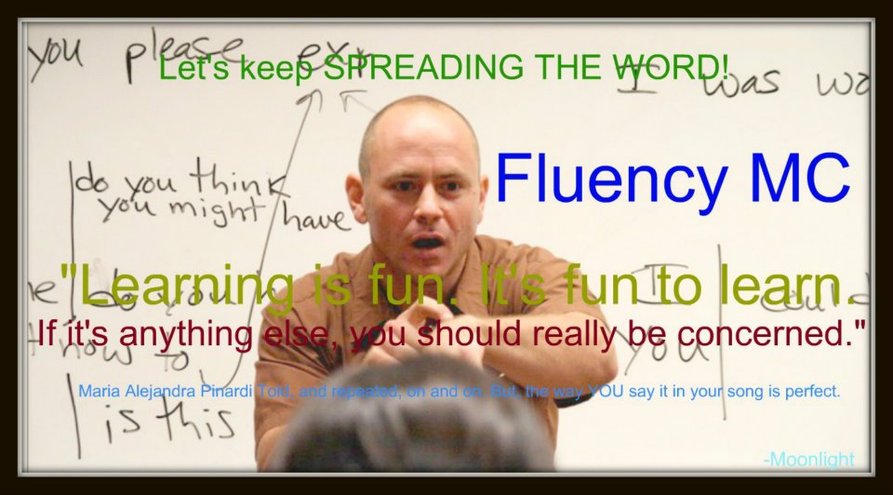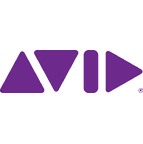Today’s indie film world is all about innovation. For this reason, the DFA is proud to sponsor Voice & Rhythm in English, an ESL Performance, along with Rennert International and the Broadway Dance Center. The show will take place at the Film Anthology Archives in NYC on March 31st, 2014, from 6-9 pm.

This event features two YouTube celebrities who are all about “innovation. ” Rachel Smith and Jason R. Levine are both American teachers who use digital video to entertain and educate, approaching the world of ESL (English as a second language) in creative, ground-breaking ways. As a result, they have developed massive followings for their fun, unique YouTube videos. Voice & Rhythm will give them the opportunity to interact personally with fans.
This event struck a particular chord with the DFA as many DFA students are international, hailing from all corners of the globe. Despite English being their second language, they’ve still gone on to have successful careers in the world of film – which is why an event celebrating the use of digital video to promote ESL was a natural fit for the DFA. Clips from some DFA international students’ short films will even be featured at the event.
The show will incorporate video, rap, and dance and will be the first time Smith and Levine have performed together in New York City.

Smith, a classically trained opera singer, produces the YouTube series Rachel’s English, a free compilation of more than 300 English self-study tutorials. Her focus is on the subtleties of English pronunciation – often the hardest thing to master in learning a new language. In 2013, she was named a YouTube Next How-To Guru for the quality and popularity of her work.

Levine, better known to his global audience as Fluency MC, creates songs and videos to deliver high-energy lessons. Levine has toured nine countries as an English Specialist for the U.S. State Department, using his unique approach to inform his audiences. His video for “Stick-Stuck-Stuck (The Irregular Verb Song)” recently surpassed 1.5 million views on YouTube.
“With Voice & Rhythm we’re breaking new ground in online learning,” says Levine.
There will be free giveaways for all attendees and a prize drawing.
Reserve your spot at http://www.eventbrite.com/e/voice-rhythm-in-english-tickets-10977055669.
By Digital Film Academy Blog Manager Sara McDermott Jain






